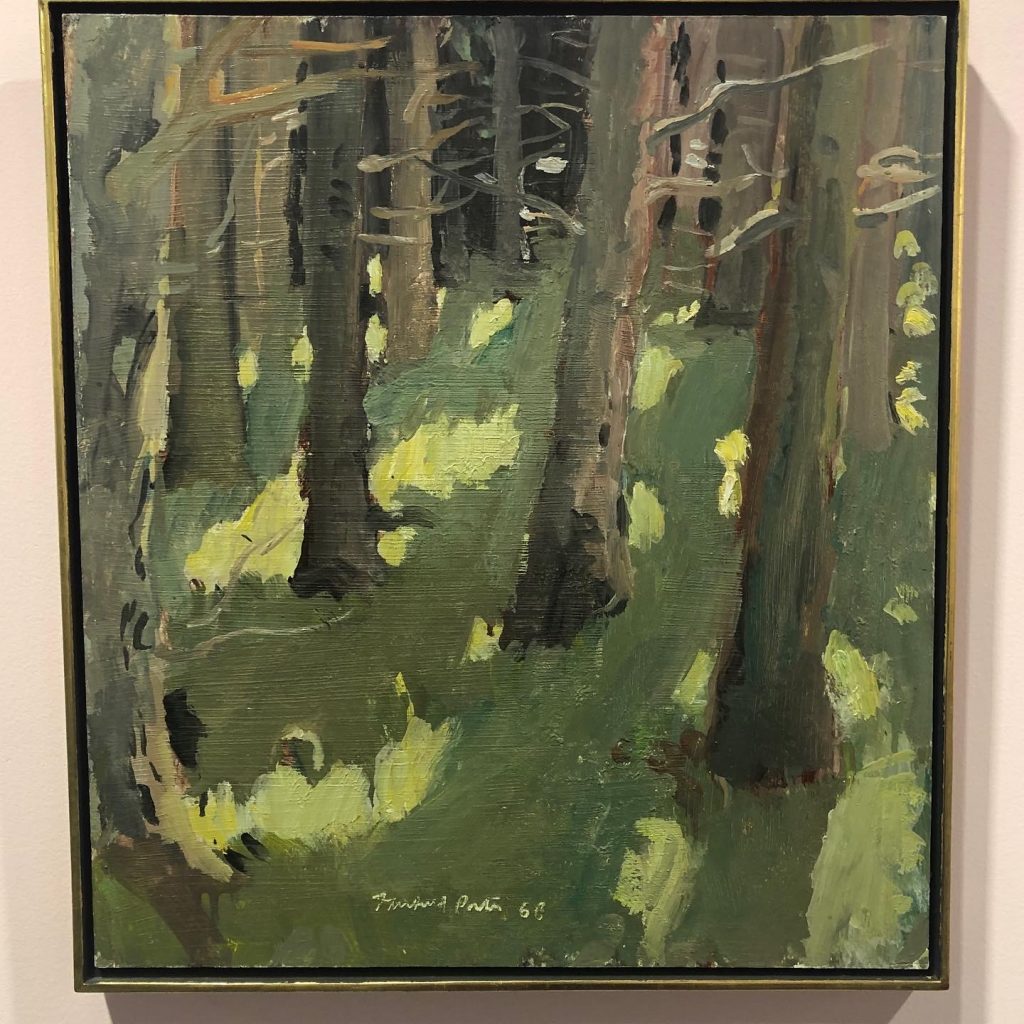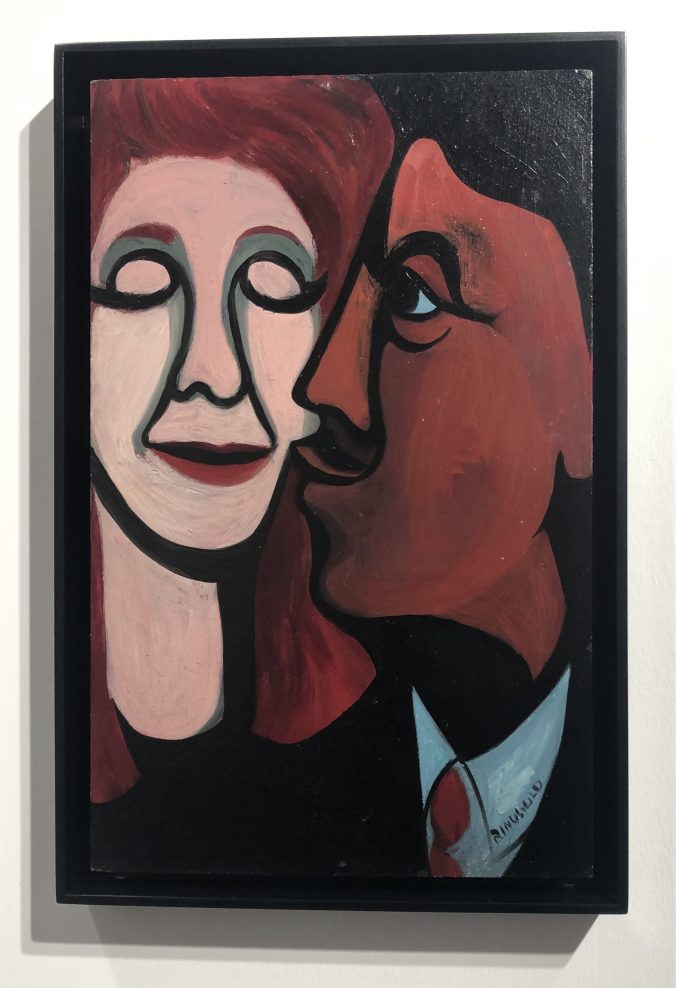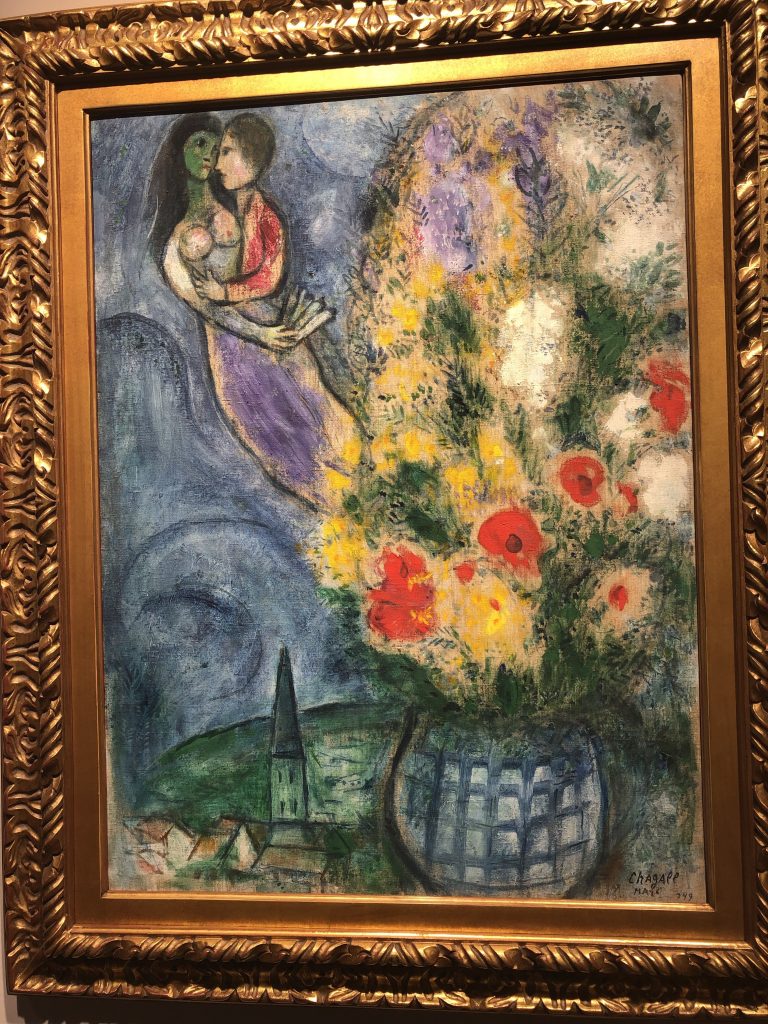Art Basel (Miami) was this past weekend. No surprises there – the ‘bananna incident’ made international news. I didn’t make it to Basel-Basel (the actual art fair in the convention center) in time to see Comedian. It had been eaten/taken down before Sunday. However, when I walked around the convention center there were plenty of dude-bros with bananas taped to their shirts and other such mockeries.
Art Basel is the main art fair during #ArtWeek here in Miami. Many folks come down for the parties or for the ancillary art fairs. Basel-Basel (as I call it) is the largest of these fairs and, to my mind, the point of the whole shebang. Basel is huge. Worldwide galleries come to the Miami Beach Convention Center to shop their wares. Some galleries have artworks ‘reasonably’ priced in the thousands of dollars, while some of the bigger ‘fine art’ galleries sell artworks in the millions of dollars (to the best of my knowledge I didn’t see anything in the tens of millions of dollars). I enjoy the spectacle and I enjoy asking questions of the gallerists. Some of the gallerists see themselves as curators of their shops, with exhibits that have themes and interesting juxtapositions. Others are there to increase the value and visibility of the artworks they display (or to sell those artworks).
I will have another post about my favorite things I saw during #ArtWeek here in Miami but these are a few of my Basel-Basel favorite things:

1.Fairfield Porter – Woods
This was my favorite thing. I saw it from across the room and was immediately attracted to it. It reminded me of the woods I visited as a child with my Grandpa in Skowhegan, Maine. I walked up to the gallerists (not knowing who the painter was) and asked where this was painted. He said – “Most likely Maine.” A beautiful Basel moment.
It was priced at $250,000 (negotiable) at the fair but a quick google search revealed that right before the fair it had been listed at $95,000. I was familiar with some other Porter paintings – typically landscapes with people in them (very New England-y) but these woods are luminous.

2.Faith Ringgold – Story Quilts
The night before I went to Basel-Basel I went to the Faena Forum to watch digital shorts on the shore (they had set up a projector on a boat and the audience was able to watch the movies sitting on the sandy beach). One of the shorts was the BBC documentary on Faith Ringgold. So I was properly primed to see some of her pieces in person. The story quilts didn’t disappoint. Painted fabric surrounded by quilting, Ringgold’s quilts have a distinct style. Stunning! The gallery displaying the quilts decided to only display Ringgold’s work which also included her painting A Man Kissing His Wife (pictured at the top of this post).

3.Helen Lundeberg- Untiled
This was also displayed in a gallery that only exhibited one artist, Helen Lundeberg. I like her abstract works (1950s on). There is something very architectural about her hard-edge paintings. This one reminds me of the arches at the Pacific Science Center.

4.Hans Hoffman – Purple Patch
This too struck me from across the room. It was in one of the ‘fine art’ galleries which also displayed Miro, Henry Moore, Chagall, and others. Big names for big collectors. It was ‘competitively priced’ at $675,000 (which surprisingly did seem cheap for such a large Hoffman). It took me some time to find the purple patch!




